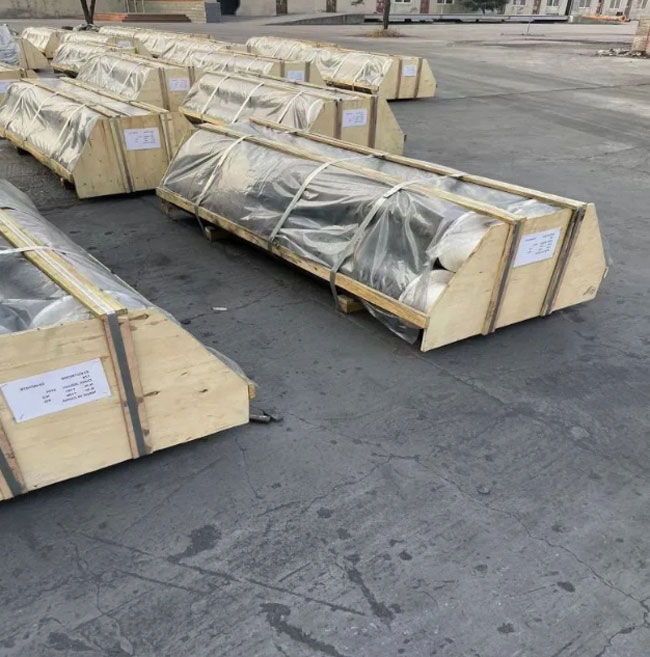
Graphite electrode for steel making is a crucial component of the EAF process, which is used to produce steel. In the EAF, an electric current is used to heat electrodes and melt scrap metal. They ensure a controlled and consistent heating of the metal molten to produce high-quality final products. The graphite electrodes also act as an insulator to trap heat inside the furnace and reduce the energy consumption of the process. Moreover, they help in the precise addition and mixing of alloying elements such as vanadium and chromium, resulting in different steel grades.
Over the next five years, graphite electrodes are expected to experience significant growth. The growth of the graphite electrode market can be attributed primarily to an increase in demand from steel and other industries. Moreover, rapid development of infrastructure in developing nations like China and India boosts steel production. This also fuels demand for Graphite Electrode For Steel Making. In addition, the EAFs are more environmentally friendly and consume less fossil fuels compared to traditional Blast Furnaces.
This growth has fueled the Graphite Electrode For Steel Making Market. North American regions are also expected to expand substantially in the coming year, thanks to their sophisticated manufacturing capabilities and expertise. The region produces a lot of coal which is used as a primary raw material to produce graphite.

The production process is long, complex and involves multiple steps. The coal is first crushed and then mixed with a binder in order to create a green blank. The blanks are then baked to harden and carbonize them. The blank is then shaped according to the desired design. This is followed by a final stage of graphitization, where the carbon atoms rearrange to form a crystalline structure. This is what gives graphite electrodes their unique properties.
Graphite electrodes are made with precision and according to a set of parameters that include volume density, strength, elastic modulus, and resistivity. A special gripper should be used when lifting the electrodes, so that they are not mechanically damaged, especially the electrical extreme surface and the thread of the electrode hole.
Aside from the factors listed above, the temperature readings of the graphite electrodes should be checked regularly. Overheating leads to electrode damage and poor performance. To prevent the stack from slipping, it is important to pad the stack well when storing the electrodes. They should be stored in a dry place and kept away from water and rain. The electrodes must also be neatly stacked to prevent abrasion and throttling during the steelmaking procedure.

Write a Message